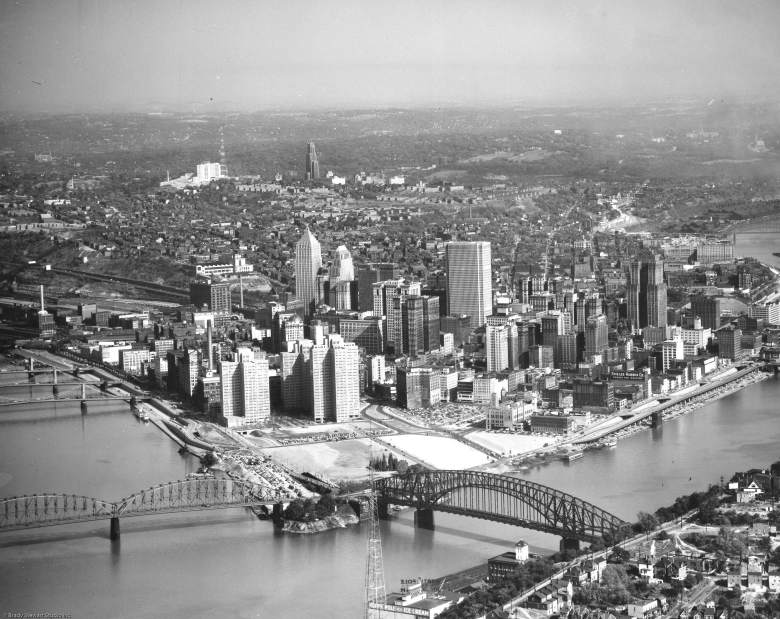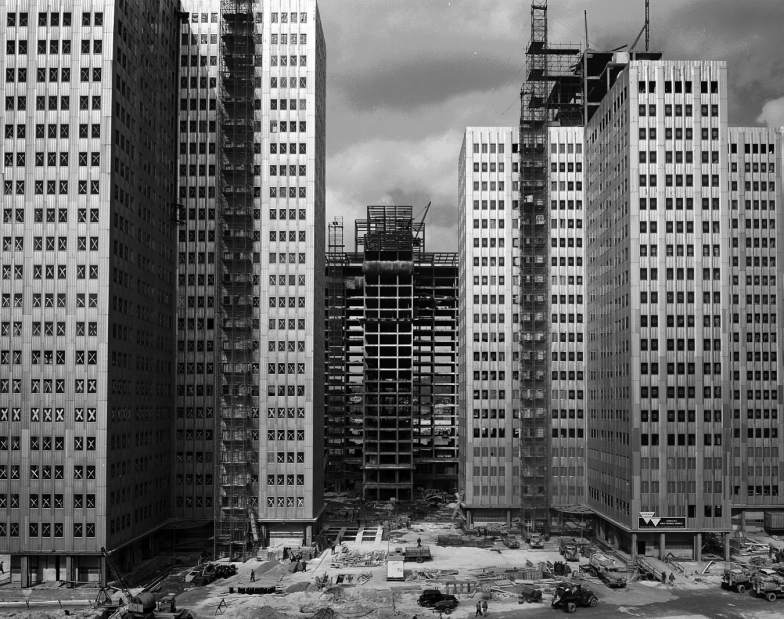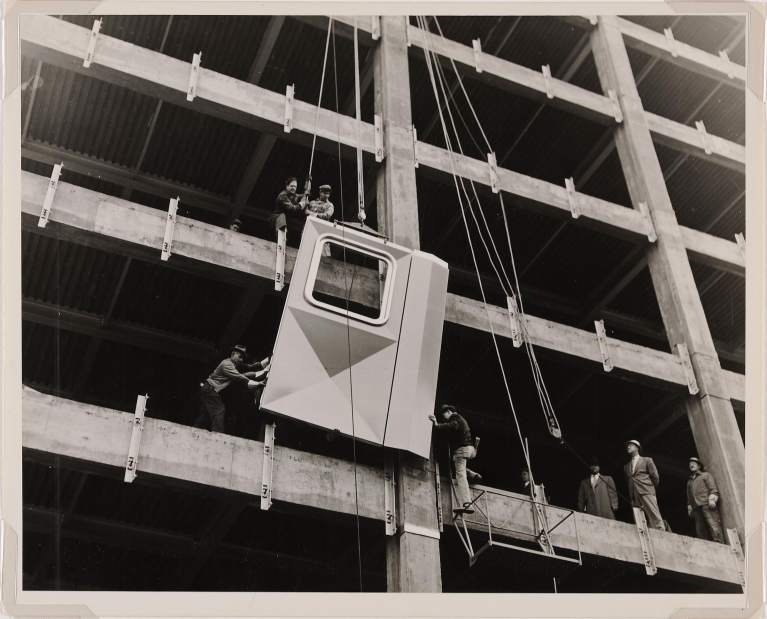Architecture: Remarkable talents fueled Pittsburgh's 1st Renaissance
It took a tremendous leap of imagination to create the first Pittsburgh Renaissance, as our town moved from an aging, smog-ridden, flood-prone industrial city into something shiny new and modern.
The story has been well told of the political and business muscle that Mayor David L. Lawrence and banker and industrialist R.K. Mellon wielded together in the 1950s to get it all done.
But less well known is the remarkable roster of design talent that was brought to bear on the city's problems. This included architects, landscape architects and planners — local, national and international. They gave us parks that became famous and a cluster of about a dozen significant and sometimes-innovative tall buildings Downtown in a style that has recently come to be celebrated as “Mid-Century Modernism.”
Moreover, we have tended to forget locally how much Pittsburgh was a closely watched and widely publicized laboratory, nationally and internationally. Many other cities emerging from the dark days of World War II wanted to see if Pittsburgh could get the new architecture and new ideas about urban renewal right.
With more than a half-century's perspective, we can look back and easily identify some serious mistakes and shortcomings in the city's efforts. But we also need to remind ourselves about the tremendous successes of those times because, without them, we wouldn't have the vibrant city we have today.
A new exhibition coming at the Heinz Architectural Center at the Carnegie Museum of Art in September will seek to recapture those days, both the good and the bad.
It will be an impressive almost 8-month-long show, running through the spring of 2016, to be called “Imagining the Modern.” It promises to alter the ways a lot of us think about that first Renaissance and its history, embracing a 30-year time frame from 1945 to 1975.
The show is being put together by curator Raymund Ryan with an innovative Boston-based design studio called “Over, Under.” The firm has done interesting “rethinking” projects in Boston and elsewhere and has produced an online digital history of Pittsburgh's buildings.
The exhibition is being called a “laboratory.” One feature will be a fall-semester studio class for advanced architecture students at Carnegie Mellon University conducted in one of the galleries of the Heinz Center while the exhibition is open. The students will be charged with re-imagining the design of Allegheny Center on the North Side, and exhibition visitors will be able to watch them and their work in progress.
In the spring, the gallery will be used for a further program of what the museum hopes will be lively discussions involving residents, architects, urban planners and theorists about the complexities of change in Pittsburgh over the years. The Heinz Center hopes to make this kind of “laboratory” experience part of other exhibitions on the city and region in coming years.
The Over, Under team, which includes a member who teaches at Carnegie Mellon, is looking at the way many different players helped moved the Renaissance forward. They are considering what editors and reporters at the local papers did, how the various corporations and designers interacted, and even how local and national photographers portrayed the Renaissance as it was underway.
The whole subject is fertile for close examination. The first Pittsburgh Renaissance included well-known architects such as Wallace Harrison and Max Abramovitz, who did a lot to reshape New York City in their time. Here in Pittsburgh, their firm designed the Alcoa Building, 525 William Penn Place, Four Gateway and Eleven Stanwix (the old Westinghouse headquarters).
They were establishment architects to be sure: They worked with the Rockefellers in New York and the Mellons in Pittsburgh.
City fathers, for better or for worse, brought in Robert Moses to help plan the highways; department-store owner Edgar Kaufmann brought in Frank Lloyd Wright to hear his ideas; H.J. Heinz II brought in the eminent Gordon Bunshaft of Skidmore, Owings & Merrill to gain his counsel (and to design two modern classics for the Heinz complex along the Allegheny). Even Jane Jacobs — who promoted neighborhood values over big urban-renewal projects — dropped by to offer her acerbic commentary on things we were doing.
Local architects of note included Dahlen Richey and James Mitchell, whose firm, in various incarnations designed two important buildings that are no longer here — notably the Civic Arena and Three Rivers Stadium — as well as some notable work at Carnegie Mellon and Allegheny Center.
Two Pittsburgh-based landscape architects with national reputations — John Simonds and Ralph Griswold — were responsible for Mellon Square Park and Point State Park, respectively. Two famous New York landscape architects involved were Gilmore Clarke, who designed the park for the first three Gateway Center buildings, and his partner Michael Rapuano, who consulted on the Point State Park design.
The lists could go on and the exhibition will cite more. But it will be an exhibition that anyone who cares about the planning of Pittsburgh won't want to miss. Given the ongoing planning work that the Carnegie Mellon students will be doing, it may well be worth several visits.
“HAC Lab Pittsburgh: Imagining the Modern” will open Sept. 12 and close May 2 at the Heinz Architectural Center at the Carnegie Museum of Art, Oakland.
John Conti writes about architecture for Trib Total Media. He can be reached at tribliving@tribweb.com.




